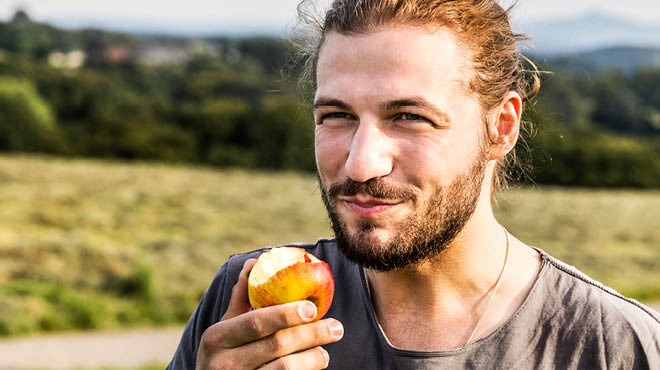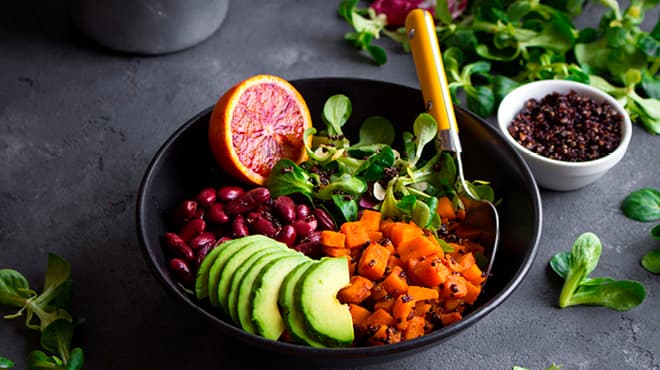Recent Posts
-

-
 Patient StoriesA lifesaver saved: An EMS veteran’s journey from rescue to recoveryNovember 14, 2025
Patient StoriesA lifesaver saved: An EMS veteran’s journey from rescue to recoveryNovember 14, 2025 -

Clean eating: What does that mean?

There are a lot of variations to clean eating; but, basically, it refers to eating foods that are as close as possible to their natural state. This encourages us to make our meals from scratch to make them as “clean” as possible.
The main reason to take on clean eating is the health benefits of consuming foods rich in nutrient content directly from the earth that have not been overly processed. Most Americans eat a diet rich in heavily processed foods which have been made from synthetic ingredients, and packed with fat, sugar, sodium, chemicals, preservatives, food dyes and other additives your body doesn’t quite know what to do with. These additional items may be detrimental to your overall health and well-being.
Clean eating nourishes your body with healthy and nutrient-dense foods. Clean foods fill your body with plentiful vitamins and minerals, high-quality protein and healthy fats, which improve heart and brain health, assist with weight management, build a stronger immune system and increase energy levels, among other benefits. Foods in their natural state are more flavorful.
It may be daunting to consider eating a clean diet, but the benefits might far outweigh any concerns you may have when attempting to eat clean.
These items are examples of what might be considered in a clean diet:
- Fresh fruit
Apples, bananas, blueberries, grapes, oranges, strawberries, 100% fruit juice - Vegetables
Avocados, broccoli, Brussels sprouts, cabbage, carrots, cauliflower, corn, green beans, lettuce, mushrooms, onion, peppers, salsa, sweet potatoes, tomatoes - Lean meats/protein
Dried beans, eggs from grass-fed chickens, fresh fish, grass-fed chickens, plain nut butters (no sugar added), unflavored nuts - Grain (cereal) foods
Those made with whole grains, air-popped popcorn, oats, brown rice, whole-wheat pasta - Dairy products
Cheese, milk, plain yogurt, unsweetened nondairy milks
Drinks and desserts can be a big source of added sugar. Look for unsweetened tea and coffee, water and seltzer. Consider making treats at home with less sugar or with honey, and with fruit and whole grains.
As you look over the items listed, imagine where they came from in their original state. Eating those items as fresh as possible without being overly processed is clean eating. Of course, how clean your diet is, is up to you.
Find additional healthy weight resources and read our blogs about weight management that can help you reach your goals.
By Mayo Clinic Health System staff.


